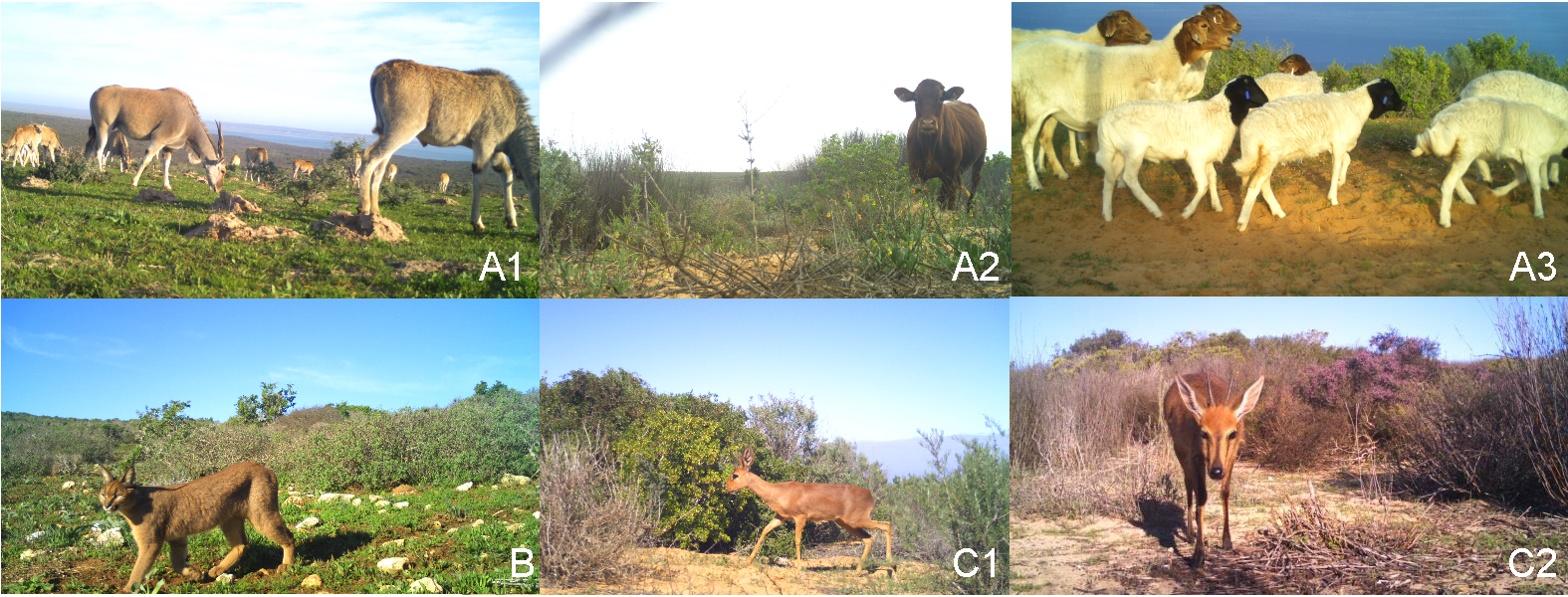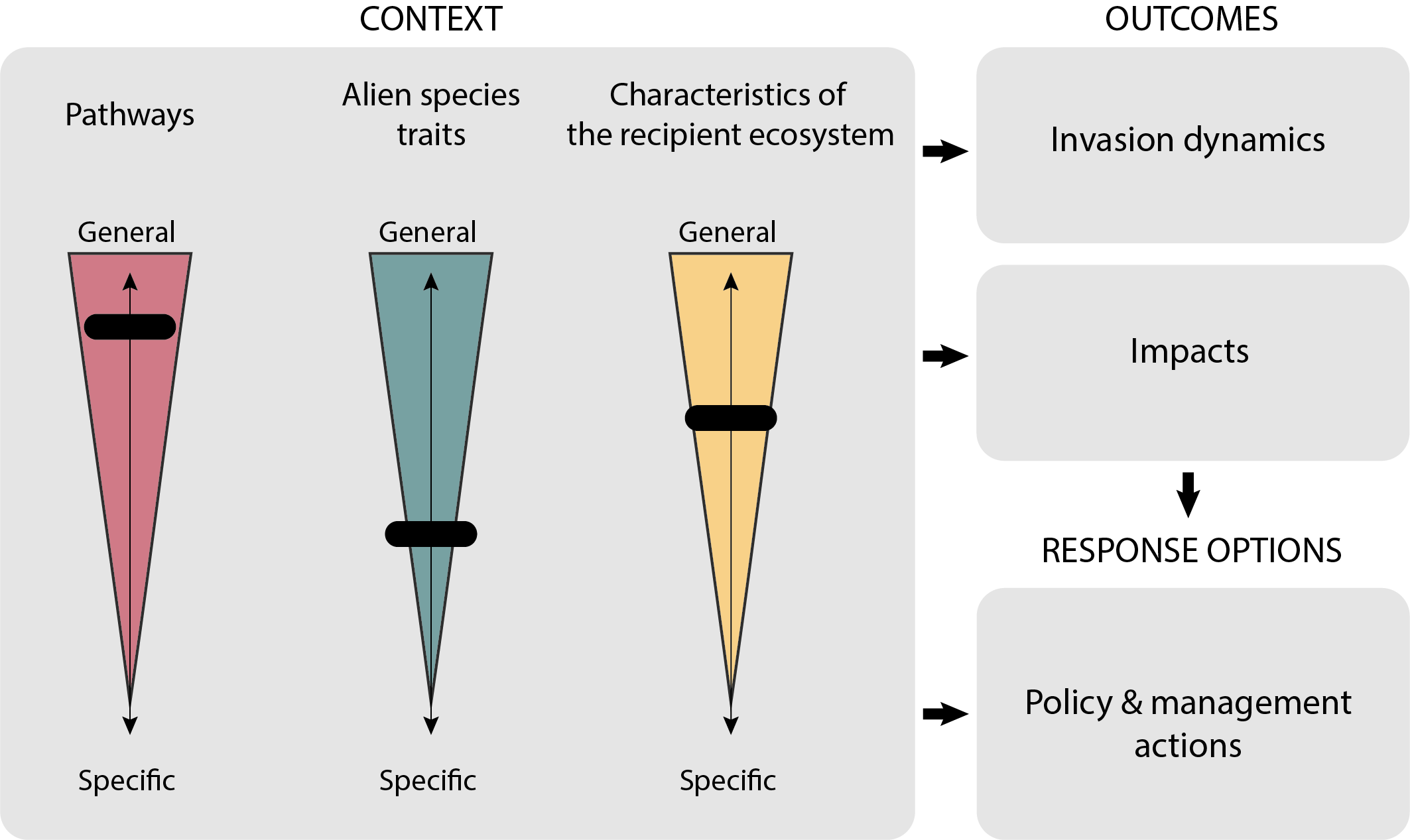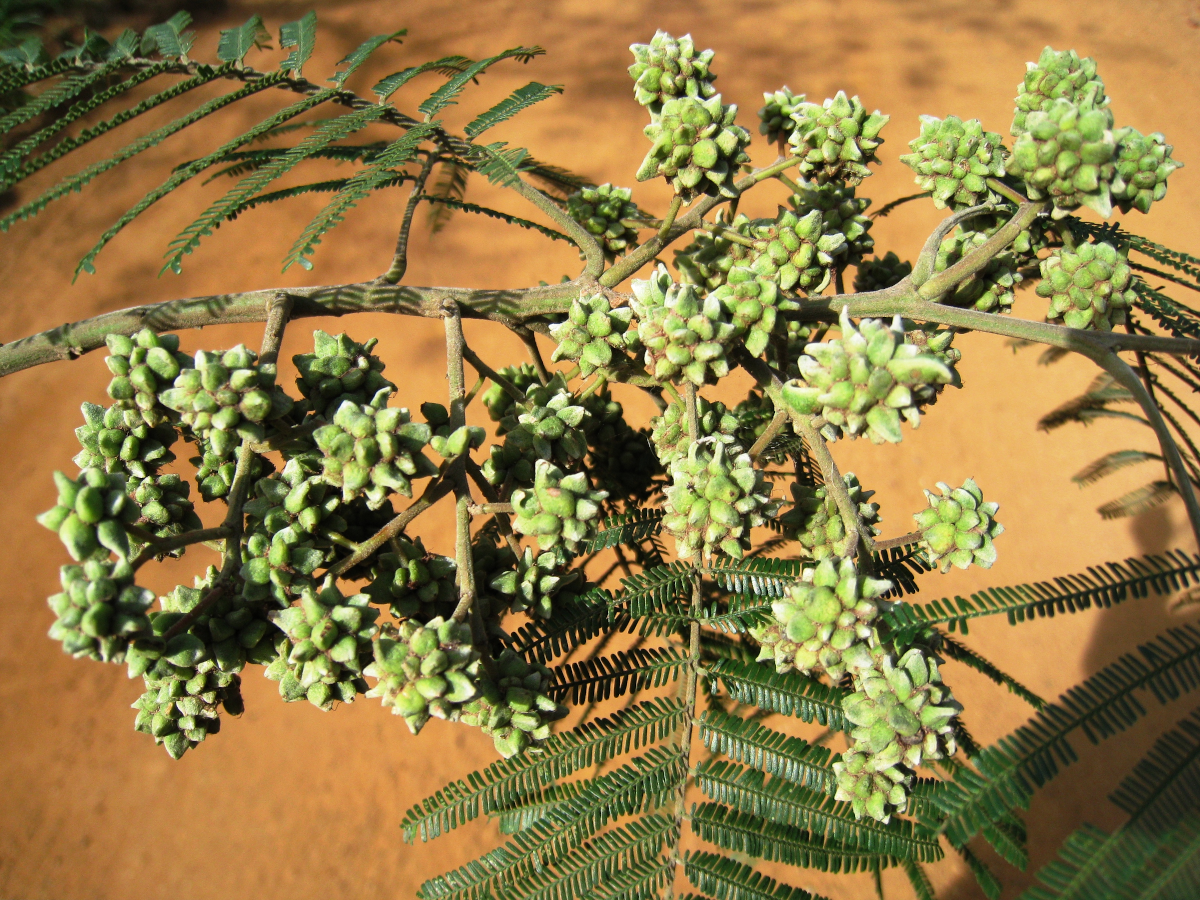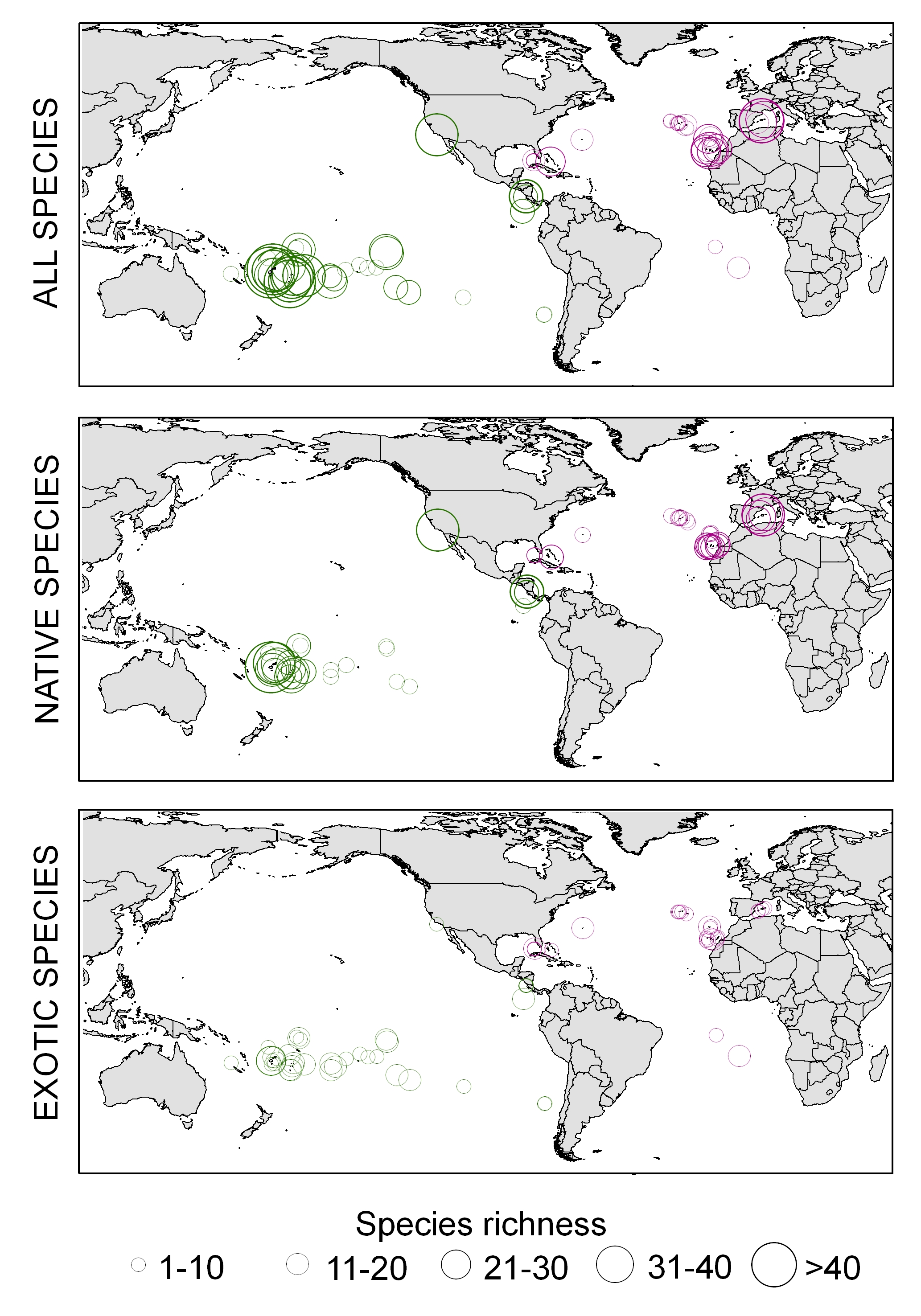Predator versus practice: exploring predation and land management as drivers of small antelope occurrence
The way that we manage land influences species occurrence and interactions. However, in their recent study investigating species co-occurrence along the west coast of South Africa, Debbi Winterton, Nicola van Wilgen and Jan Venter discovered that intensive management of small areas also makes it difficult to detect ecological drivers.





